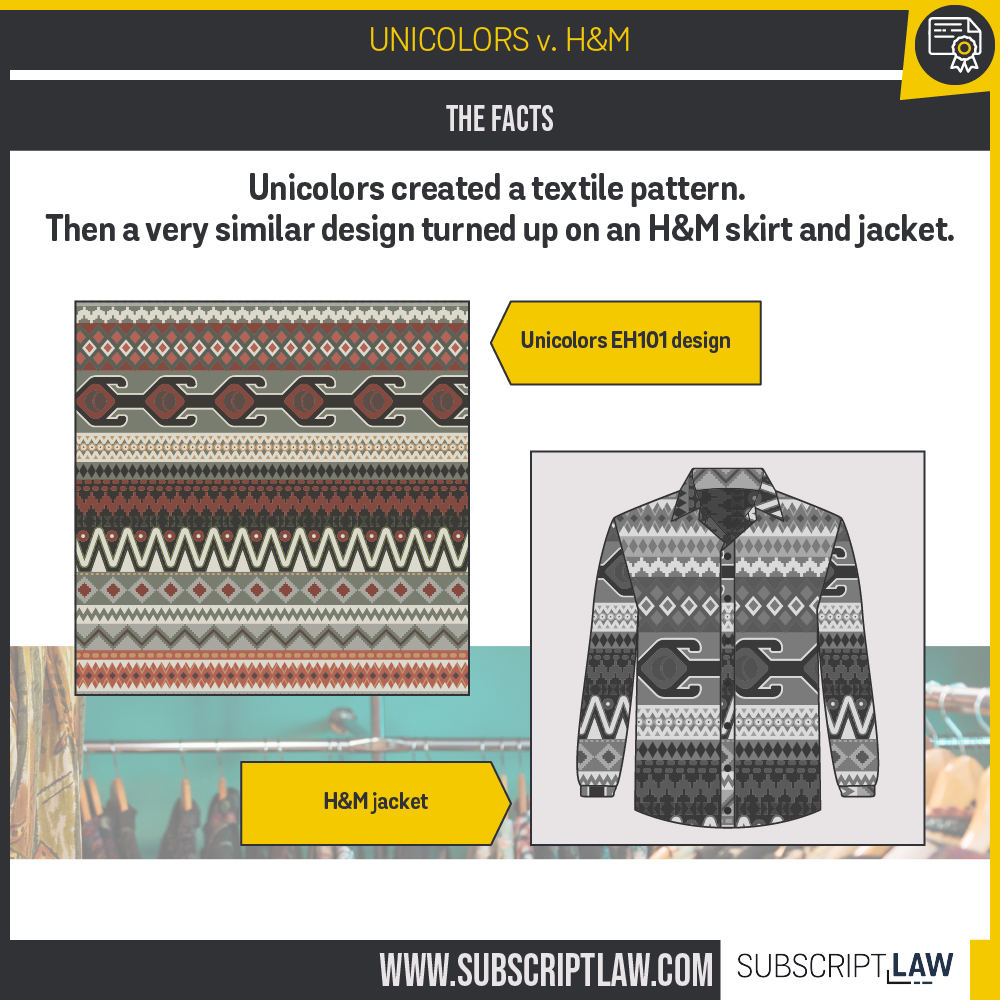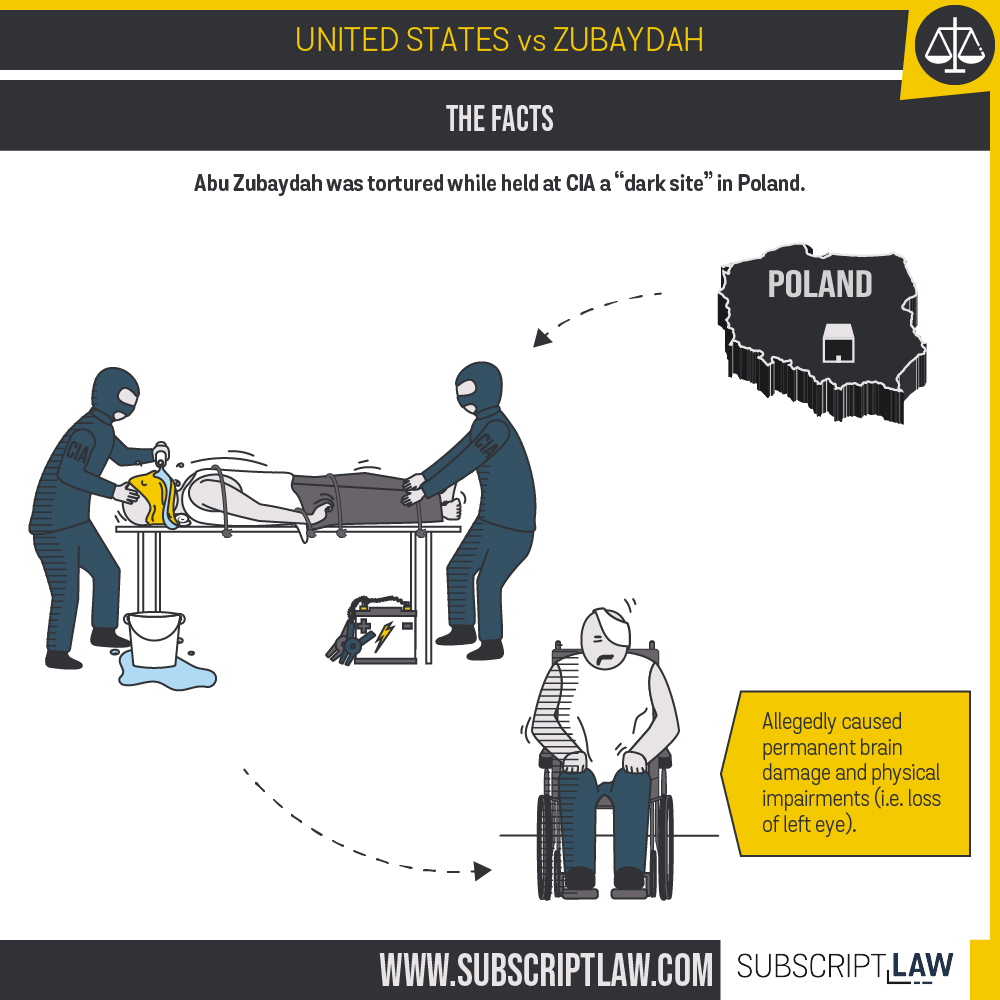The Supreme Court corrects the Fifth Circuit’s rule on when to fix a judge’s mistake.
In this case, a judge made a calculation error. When a judge’s mistake is serious enough, a court needs to fix it. But not all judicial mistakes deserve the adjustment.
In this case, the Supreme Court had to clarify its rule on when a judge’s mistake is serious enough that it needs to be fixed.
The error
Rosales-Mireles was convicted of illegal re-entry into the country. When determining the punishment, the judge first had to calculate the sentencing range. But oops – the judge double-counted a prior conviction. The judge used a sentencing range of 77-96 months in prison, instead of the real range: 70-87 months.
The judge sentenced Rosales-Mireles to 78 months in prison. (That’s within the actual range, too).
Was the mistake serious enough?
Still not sure. The Supreme Court wasn’t actually deciding that part. The Supreme Court was asked to review whether the Fifth Circuit used the correct standard in making its decision.
The Supreme Court’s rule, from a 1993 case, U.S. v. Olano, said the court should fix the error if it “seriously affects the fairness, integrity, or public reputation of judicial proceedings.”
The Fifth Circuit – purporting to use the same standard – restated it. The Fifth Circuit said that when a mistake is serious (in the meaning of the Olano rule), it’s one that would “shock the conscience of the common man.”
But that’s not the same!
Rosales-Mireles said the Fifth Circuit’s “shock the conscience” restatement of the rule changed it.
No, it’s not. The Supreme Court agreed with Rosales-Mireles. The Fifth Circuit will have to reconsider Rosales-Mireles’ case with the Olano rule and not the “shocks the conscience” stuff.






